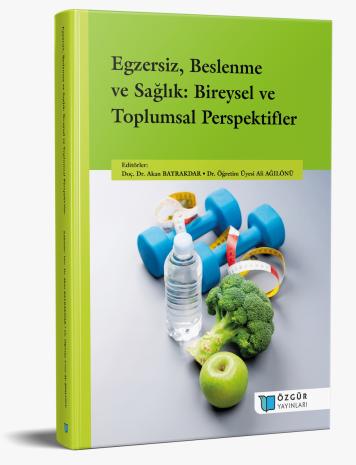
Physical Activity and Physical Fitness in Children
Chapter from the book:
Bayrakdar,
A.
&
Ağılönü,
A.
(eds.)
2025.
Exercise, Nutrition and Health: Individual and Societal Perspectives.
Synopsis
This section emphasizes the strategic importance of regular exercise in childhood and adolescence in the context of public health. It highlights the global risk factor of inactivity, the carryover of childhood obesity into adulthood, and its effects on bone mineral density and cardiometabolic health. In the socialization dimension, it is linked to sports communication, self-regulation, and value acquisition, and emphasizes the multifaceted contributions of play-based learning to physical, cognitive, emotional, and social development. The motor development section distinguishes between gross and fine skills, and reports that physical activity and educational games support skill proficiency and injury prevention. The positive effects of physical activity on cardiorespiratory and muscular fitness, bone health, executive functions, and psychological well-being are presented within the growth and maturation axis. Program design recommendations include age- and maturity-sensitive loading, activity diversification, avoiding premature specialization in a single field, standardization of monitoring and evaluation indicators, and governance based on school-family-stakeholder collaboration. It also highlights the need to scale intervention packages tailored to disadvantaged groups in line with equity and accessibility principles. At the policy level, it has been stated that moderate-intensity activity and bone-loading play embedded in the school day should be standardized. This is framed by the theoretical approach that motor competence forms a spiral of participation that feeds back into physical activity.

